John Hurrell – 6 August, 2018
Ascension is obviously a topic of great interest to Beattie, pertaining perhaps to (as options) spiritual striving, intellectual development, existential survival, career progress or social standing. Although it is a vague notion, these wonky stairs and ladders have a Gustonesque feel, and make mesmerising—but admittedly oblique—symbols. Oblique because they usually don't go anywhere.
Senior English painter and ex-Goldsmiths teacher, Basil Beattie, has had a couple of shows already at Two Rooms. This new display in the narrow upstairs gallery presents twenty works on paper, using oil paint and paint stick, rendering symbolic climbing devices like ladders (he uses flattened loops as rungs) and staircases (diagonally stacked up horizontal rectangles).
Ascension is obviously a topic of great interest to Beattie, pertaining perhaps to (as options) spiritual striving, intellectual development, existential survival, career progress or social standing. Although it is a vague notion, these wonky stairs and ladders have a Gustonesque feel (he also likes bridges, doorways, railway lines and tunnels), and make mesmerising—but admittedly oblique—symbols. Oblique because they usually don’t go anywhere.
There is no conclusive destination, and lots of thematic repetition. They have a touch of Beckett about them. An interest in the process of making—its struggle—and the linking of the metaphorical to the metaphysical. But with a sense of futility.
The physicality of these raw, deliciously messy drawings is very appealing. Goopy, hairy and oozy, these deliberately crude organic images are all about the squishy substance of the medium, as much as the metaphor being depicted. In fact the greasy viscous medium itself—it could be argued—also becomes a trope: perhaps for the malleable and contorting processes of thinking; the pleasures of formulating strategies for argument—even if ultimately it all comes to nothing.
The ladders especially intrigue with their multiple squashed ellipses, buckled, tilted or splayed vertical sides (with lumpy contours) and crumbly or squidgy surfaces. They’re funny in their clunky linearity, but also earnest through their persistence. There are also some skimpy pole ladders, where the single vertical axes have projecting steps radiating out and swinging around.
Beattie‘s staircases are much more planar, clumps of diagonally heaped up oblongs—like bits of disintegrating stairwells from a demolition yard full of pulled-apart architectural components. They tend to hover in a dark field, and often abruptly change direction.
When talking about the much larger (sometimes huge) painting versions of these impasto works—in videos—Beattie speaks of finding a language beyond the symbolic subject matter, a vocabulary transformed by the contingencies of making. He talks about “the life that comes from the mark being made.” The view that the artist’s manual manipulation of materials to grapple with the form of the symbols leads cumulatively to a higher (perhaps meaningless) meaning.
John Hurrell
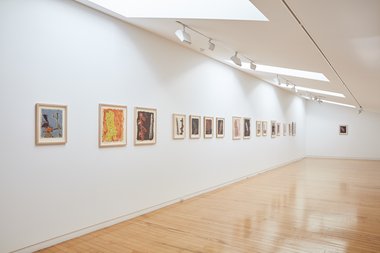
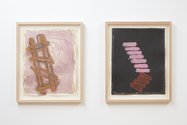
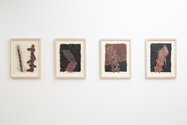

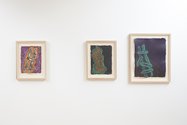
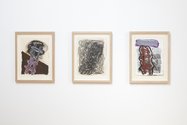
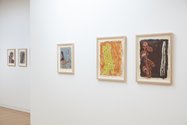

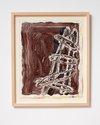

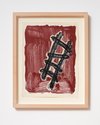

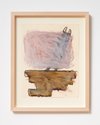
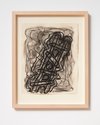
 Advertising in this column
Advertising in this column Two Rooms presents a program of residencies and projects
Two Rooms presents a program of residencies and projects



This Discussion has 0 comments.
Comment
Participate
Register to Participate.
Sign in
Sign in to an existing account.